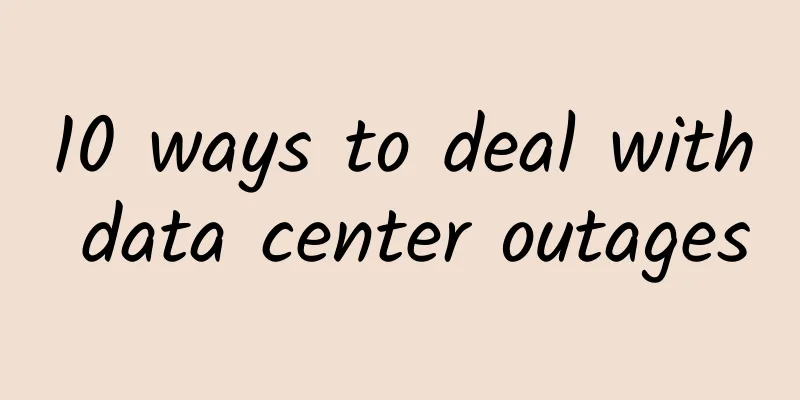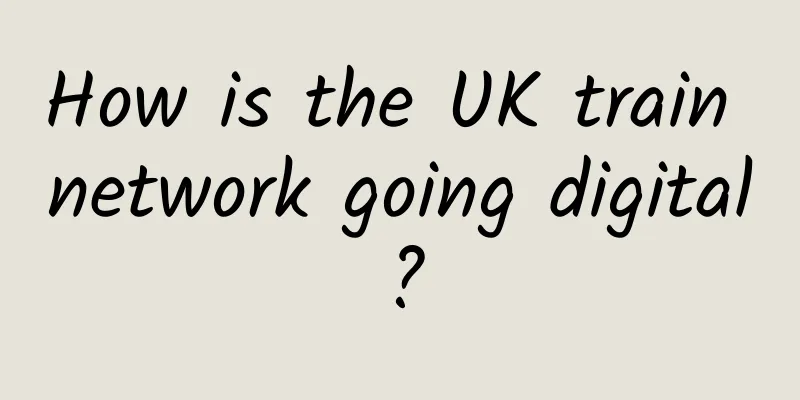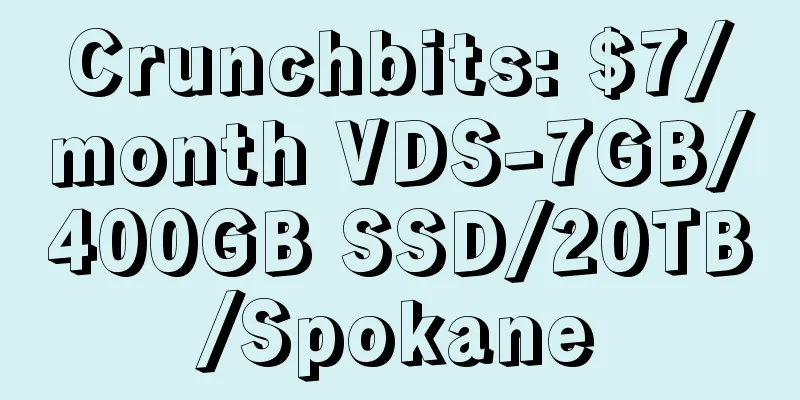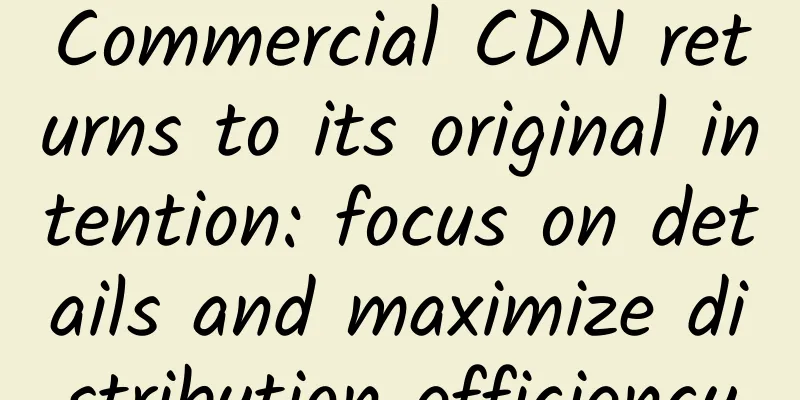Survey shows consumers are very dissatisfied with 5G and cellular network quality
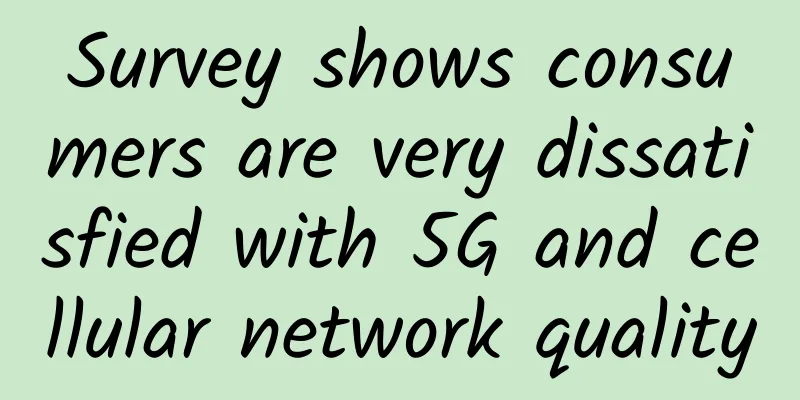
|
According to reports, Waveform released a survey on 5G applications among consumers in the United States, which showed that more than two-thirds of users are not satisfied with the current 5G technology, and do not even understand what benefits 5G will bring to them. Users are not very positive about upgrading to 5G, which is basically the same as the situation in China.
Consumers still not enjoying 5G benefits Regardless of how much money is spent on 5G marketing, Americans currently seem to be unable to fully understand the benefits of 5G. In fact, only a third (32.8%) of US consumers understand “very clearly” that they will benefit from 5G. Similar uncertainty among consumers has been reported before, regardless of the increase in the adoption of connected smart home devices. On the other hand, Sprint and T-Mobile customers seem to be more enthusiastic about the fifth-generation wireless communication technology, with 19% of Sprint users and 22% of T-Mobile customers saying they are "very excited" about 5G. In contrast, only 16% and 12% of AT&T and Verizon customers, respectively, are excited about the technology. Consumers increasingly want better home signal services Less than a third of respondents (29.3%) said their home cellular signal was “very good,” compared to 40.3% who reported this in the 2018 survey. Based on this significant decrease in a relatively short period of time, Waveform hypothesizes that “user expectations for the quality of their cellular network service are significantly outpacing the rate at which networks are being upgraded.” Verizon topped the survey in terms of overall customer cell coverage satisfaction, with 38% of users saying their home signal was "very good." When asked the same question, only about a quarter of T-Mobile, Sprint and AT&T users said their home signal was "very good." In summary, since the construction of 5G network infrastructure has just started, the signal coverage capability is far inferior to that of 4G network; at the same time, 5G is more designed to solve commercial needs, such as telemedicine, unmanned driving, VR/AR, etc. For ordinary consumer-level application needs, whether it is pictures, texts or videos, 4G can basically solve them, and the experience is not much different from 5G; coupled with the current relatively high 5G network charges, many consumers stay away. |
<<: Network | Not the best, will 5G abandon TCP/IP?
>>: Another batch of long transactions, who is to blame for the P0 failure?
Recommend
Key 5G limitations facing enterprises
As interest in 5G cellular technology grows, ente...
How to improve WiFi quality without increasing budget? 6 tips to improve enterprise LAN WiFi performance
Assuming your company has no funds for upgrading ...
An article giving you a first experience with Apache APISIX
Apache APISIX is a dynamic, real-time, high-perfo...
6 Examples of How 5G Can Improve IoT Deployments
As digital transformation is in full swing, the n...
Six ways 5G can save the global supply chain
5G enables real-time data at the point of origin,...
What is blockchain and what impact does it have on data centers and cloud computing?
Today, more and more applications are causing the...
EtherNetservers: $14.95/year-1GB/40G SSD/1TB@10Gbps/Los Angeles data center/supports Alipay
EtherNetservers is a foreign hosting company that...
[Double Holiday] spinservers: 1Gbps unlimited traffic server from $59/month - E3-1280v5, 32G memory, 1TB NVme, Dallas/San Jose data center
spinservers has released a promotion for the upco...
Accelerating new infrastructure construction: Single-wavelength 200G backbone network is about to emerge, how far is 400G?
While the new infrastructure is accelerating the ...
The unlimited package has been cancelled? What does this mean for 5G?
It is reported that China Telecom announced that ...
How does network monitoring work?
Network monitoring complements network management...
Huawei releases a full range of 5G-A solutions to make 5G-A a reality
[ Dubai , UAE , October 11, 2023 ] During the Glo...
The fatal factor affecting TCP connection throughput: HOL
1. What is HOL HOL means Head of line blocking. I...
Understanding the 5G industry chain in one article
Hello everyone, I am Xiaozaojun. Today I would li...
Manufacturers begin to correct mistakes, is 5G adjusting its direction?
It has been more than two years since the country...

